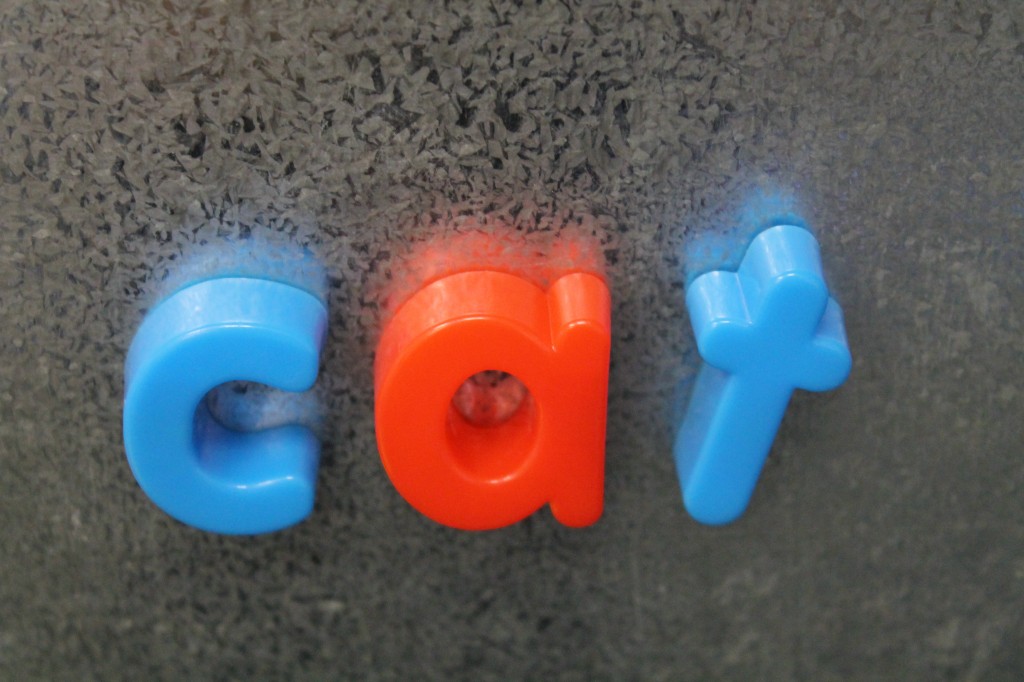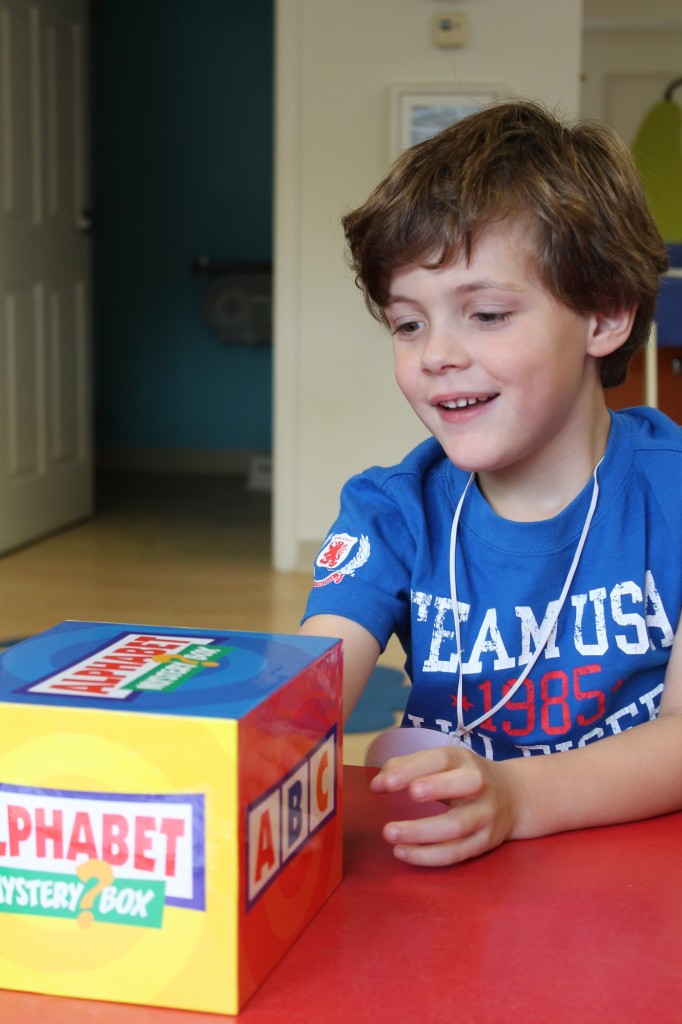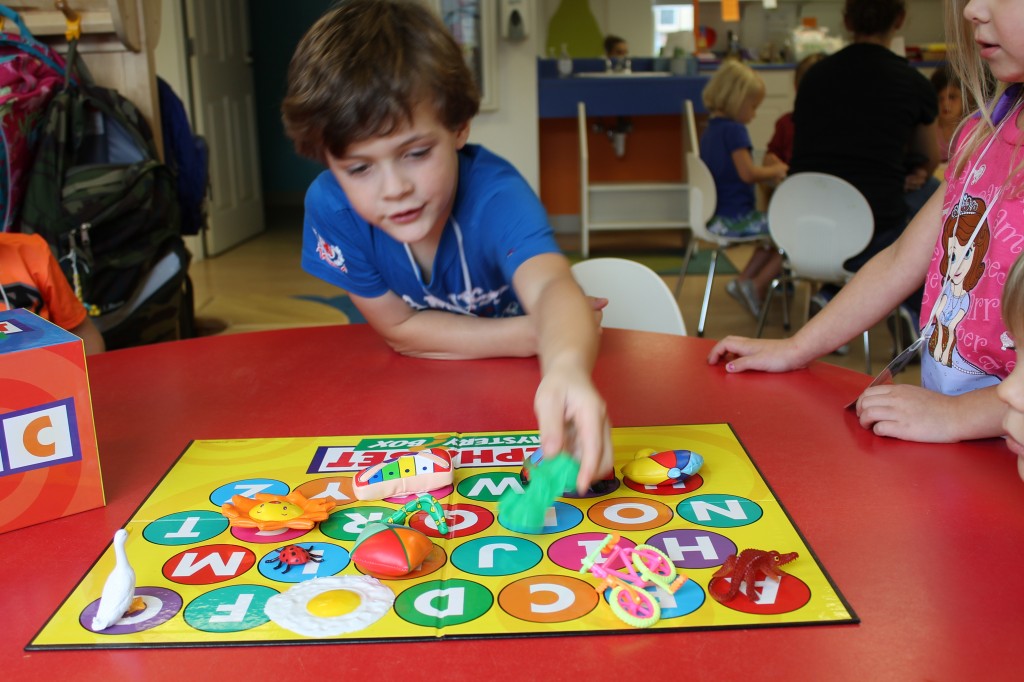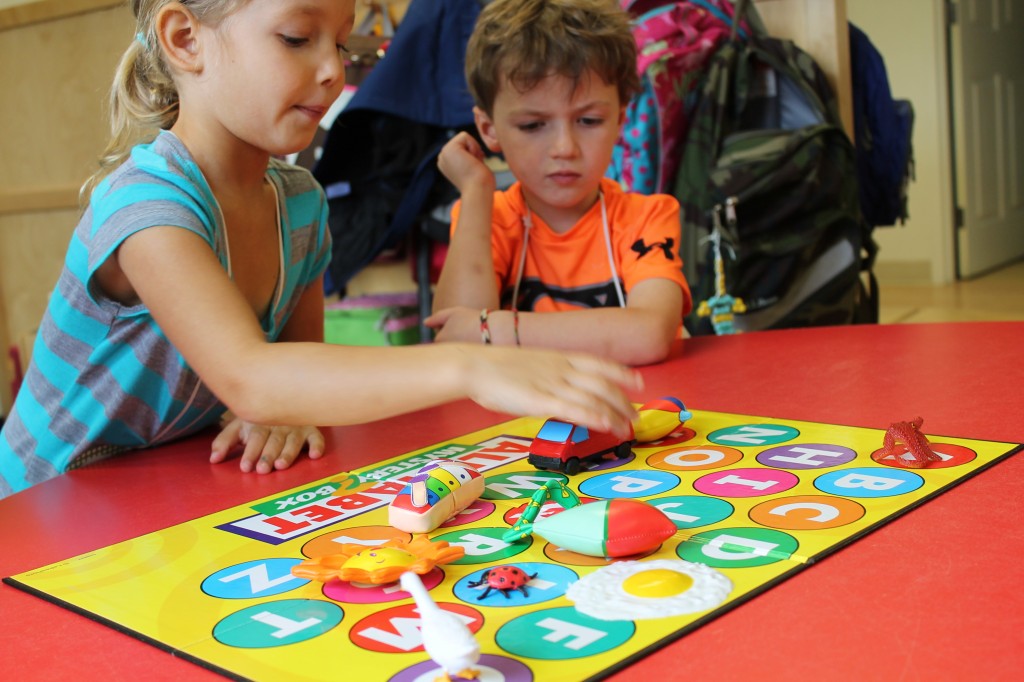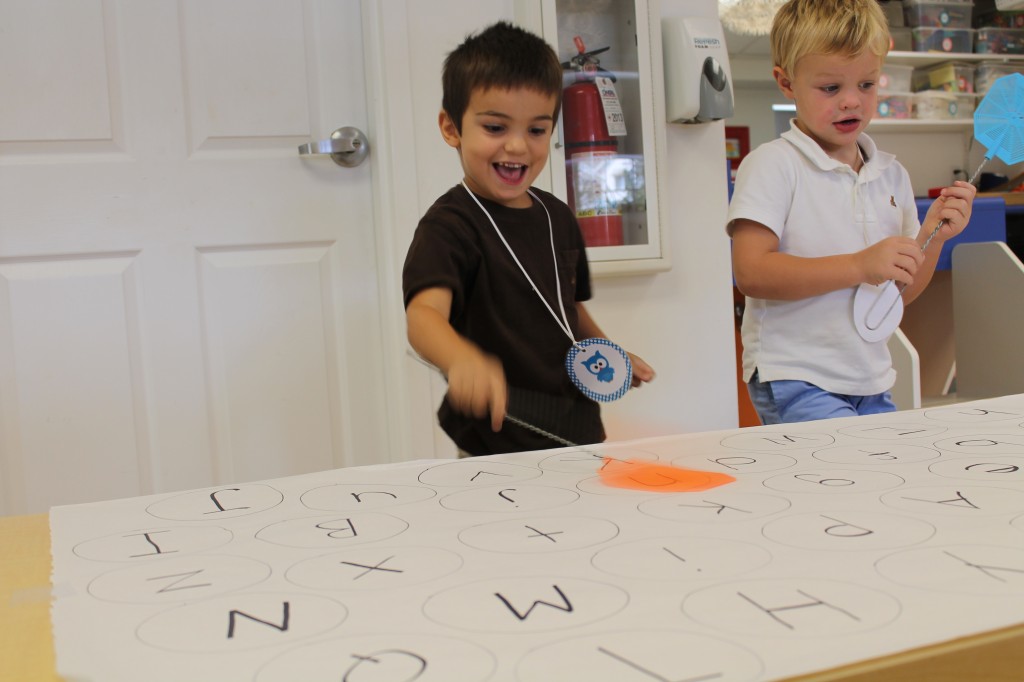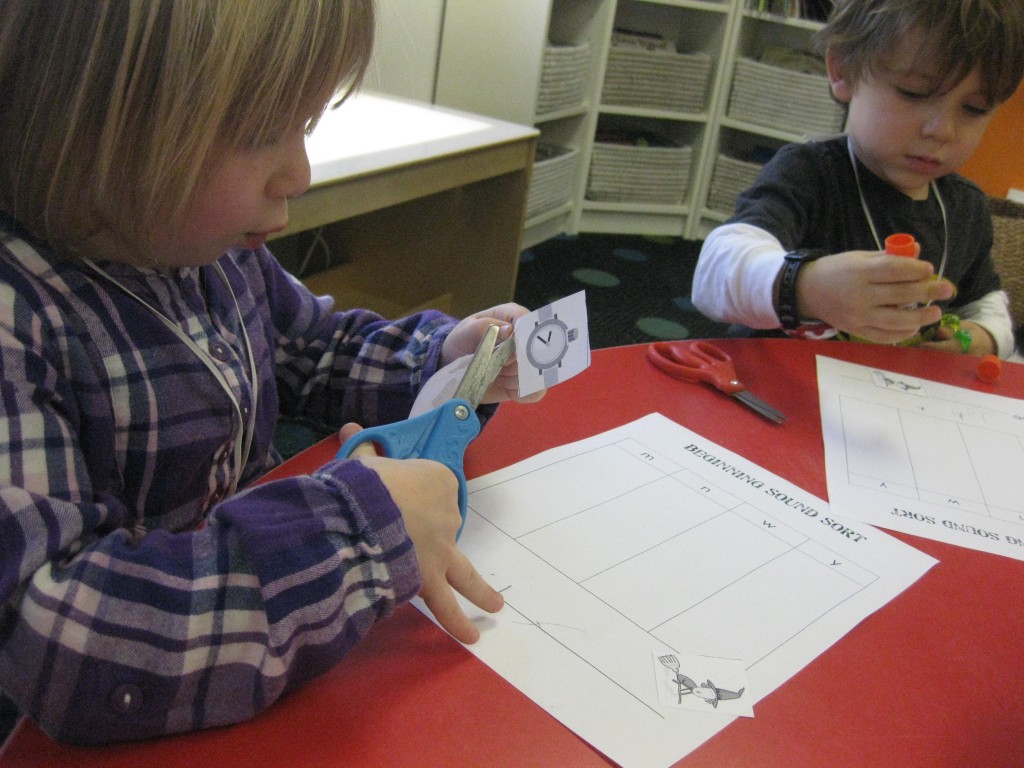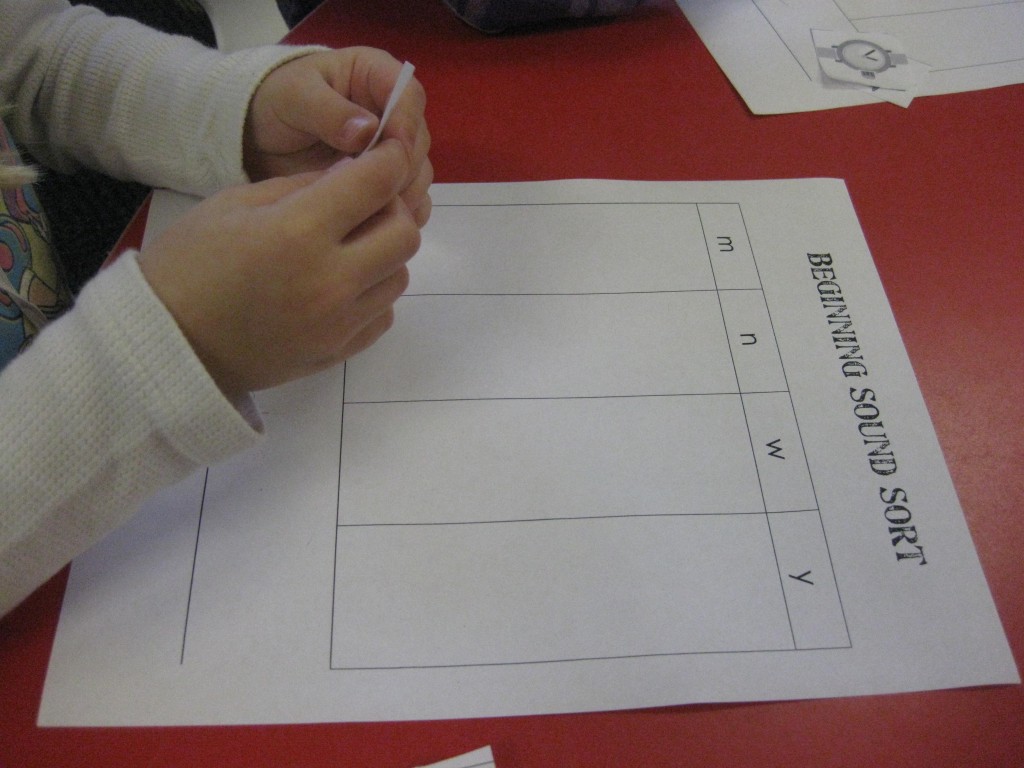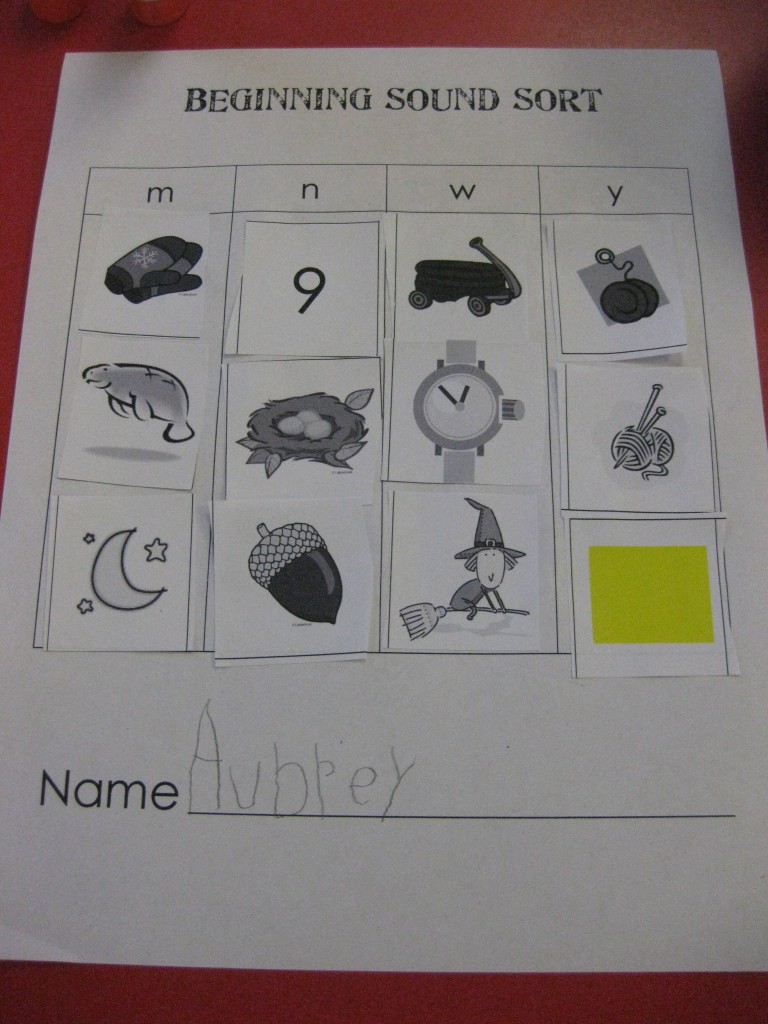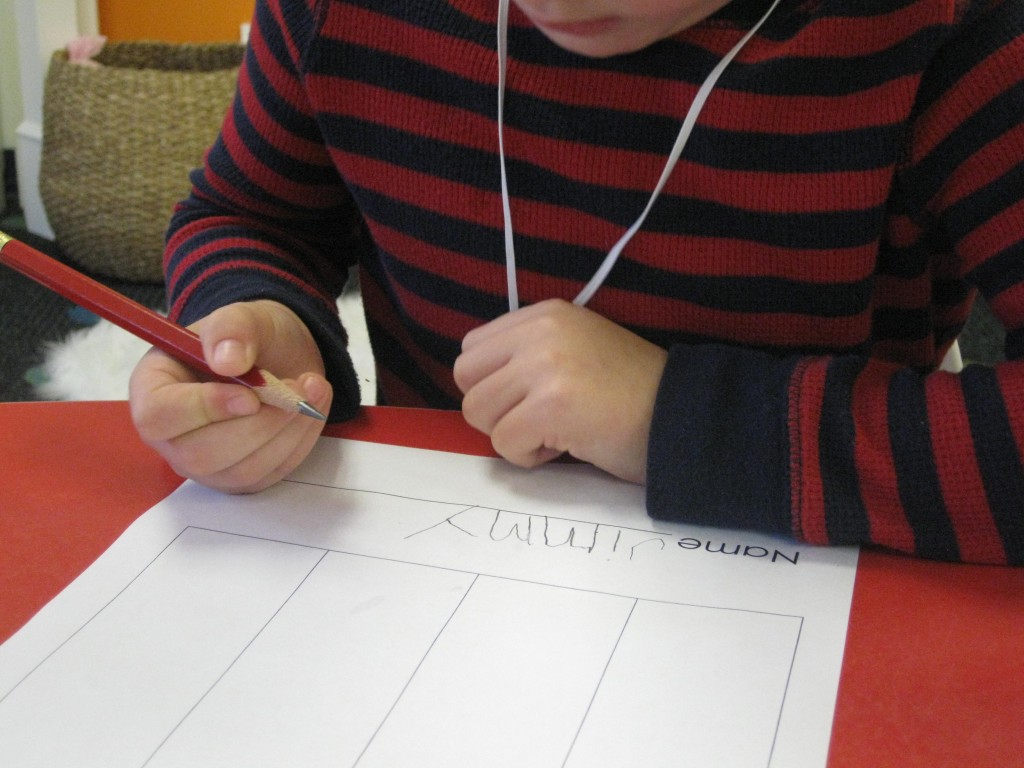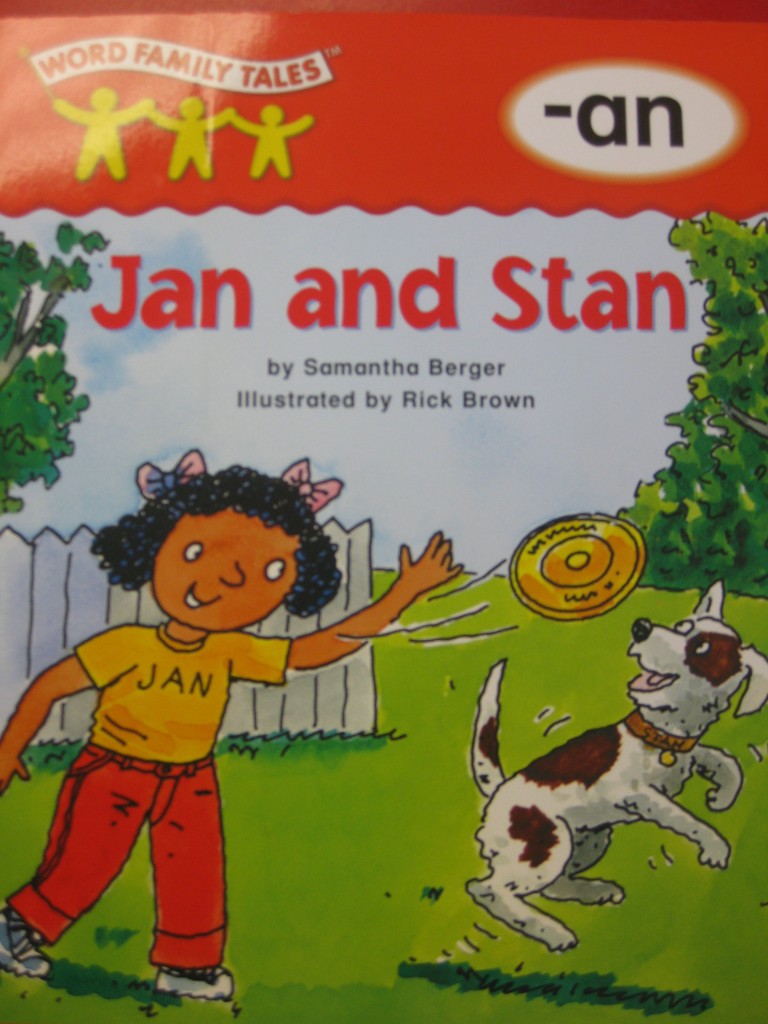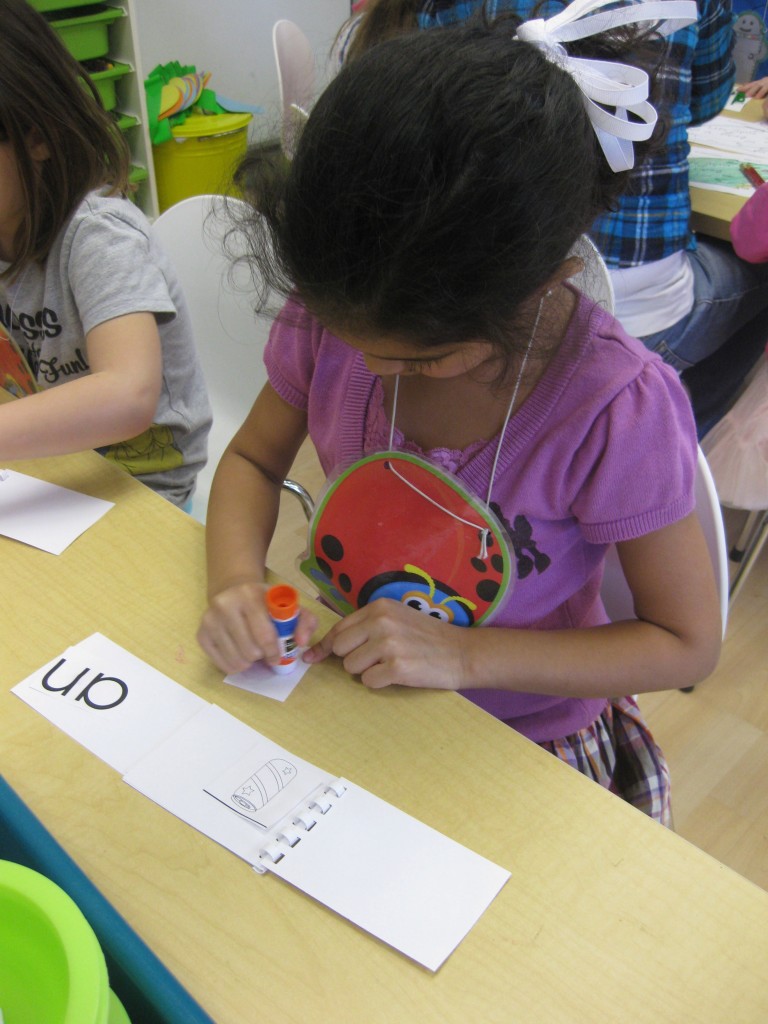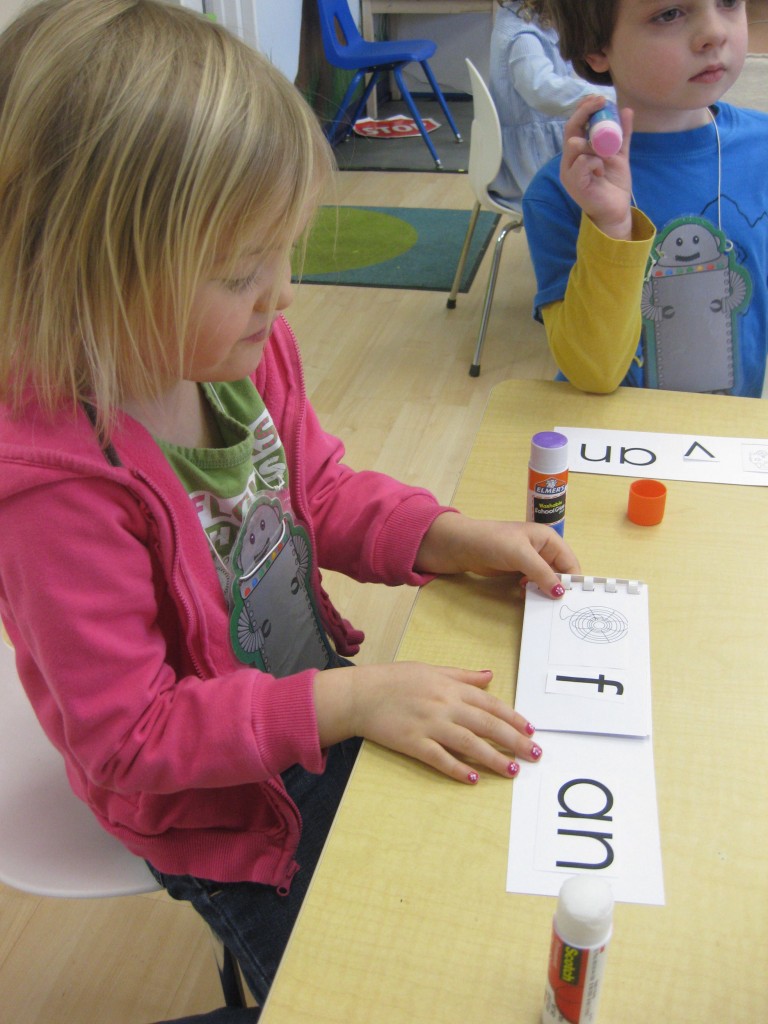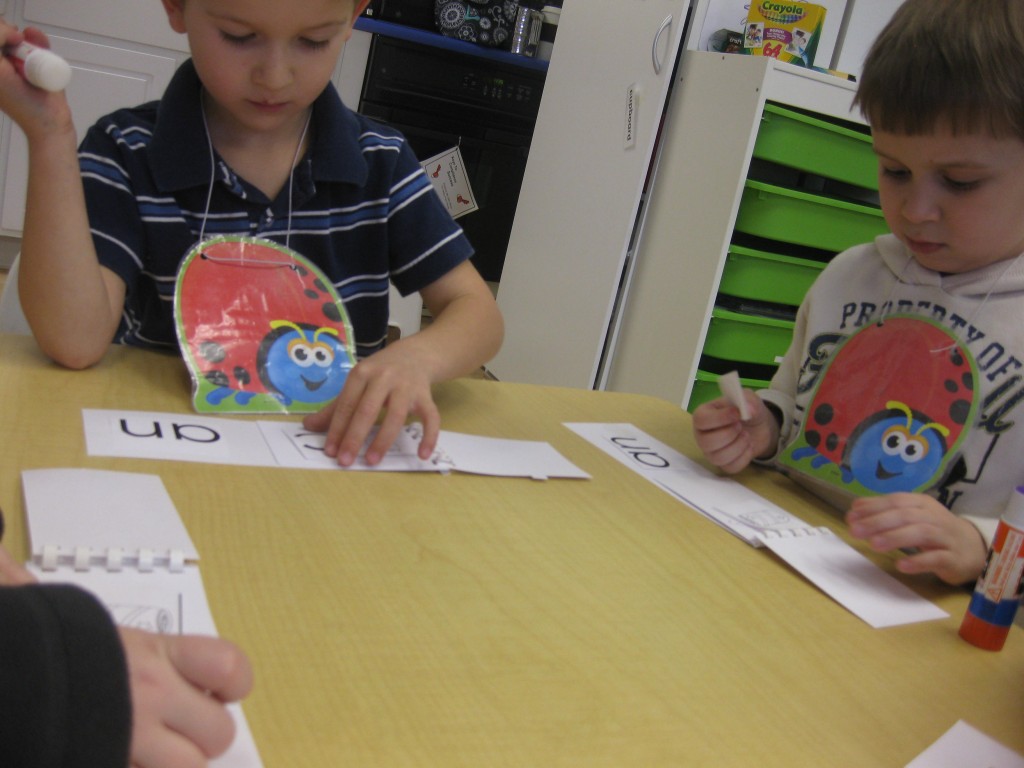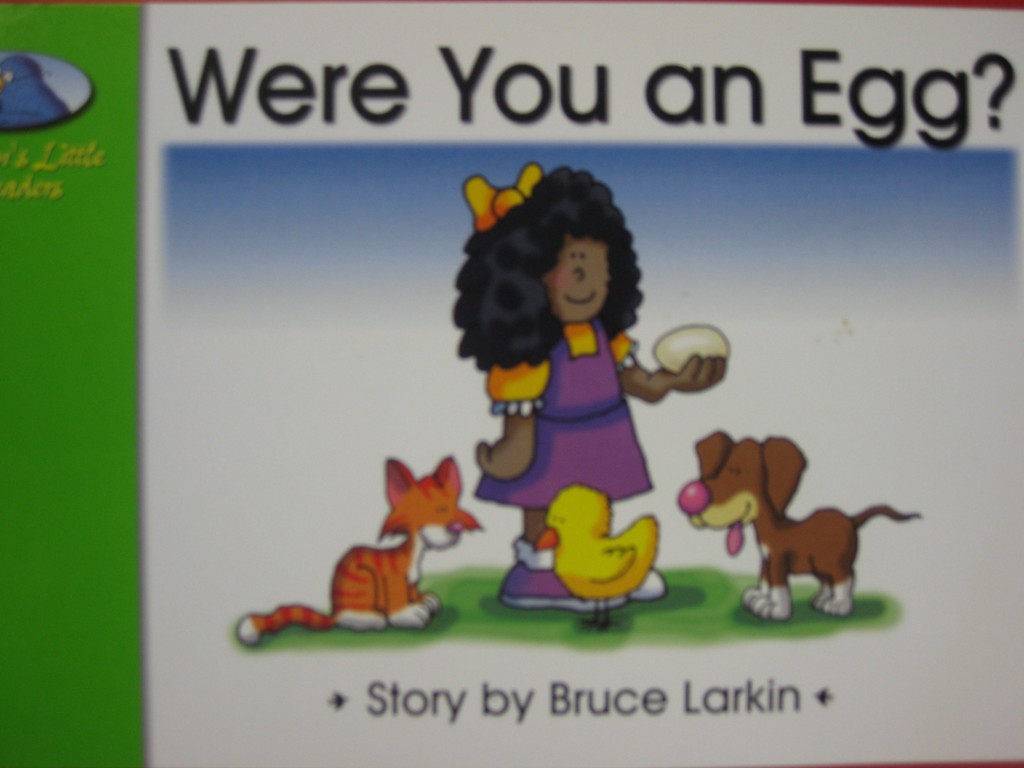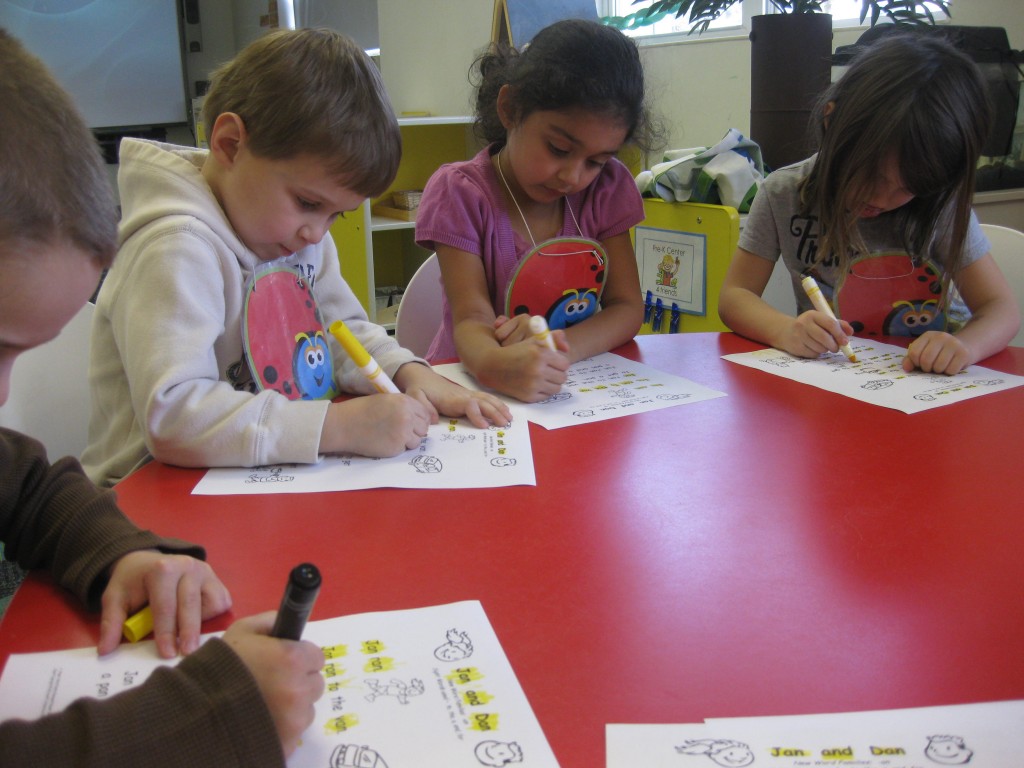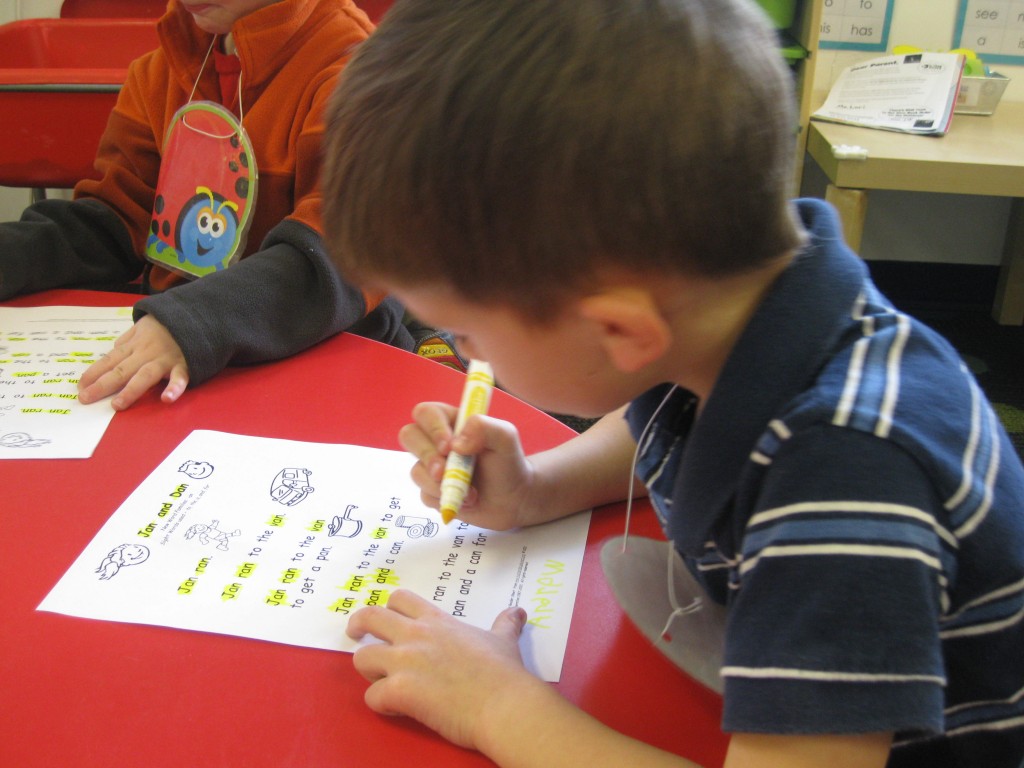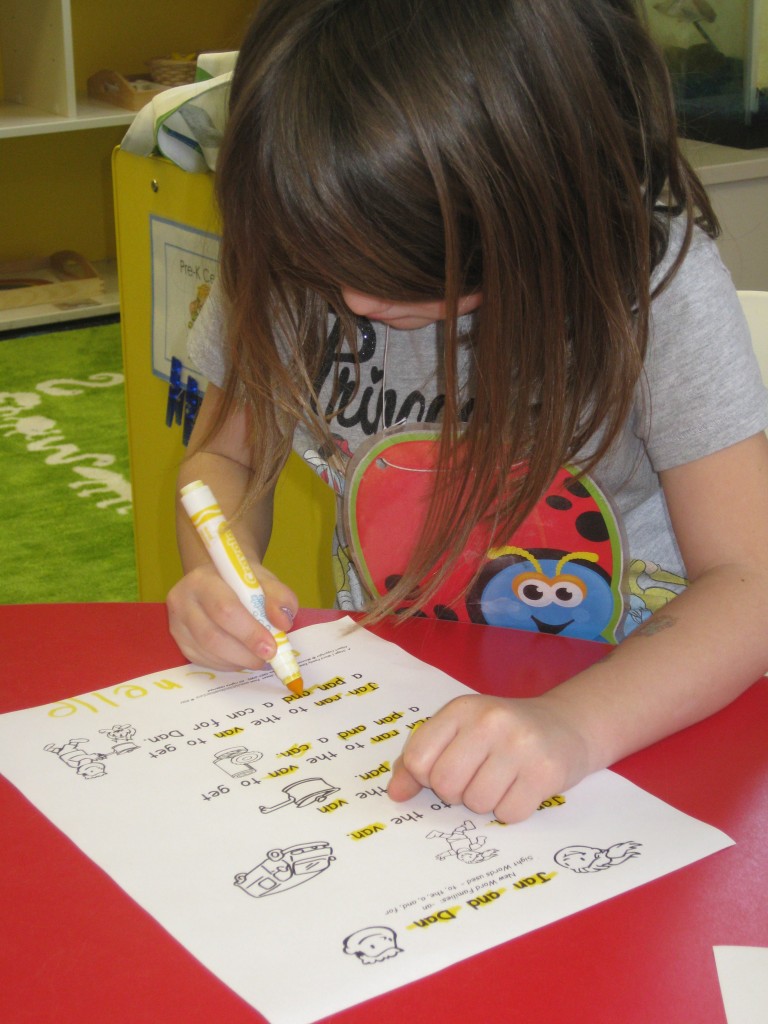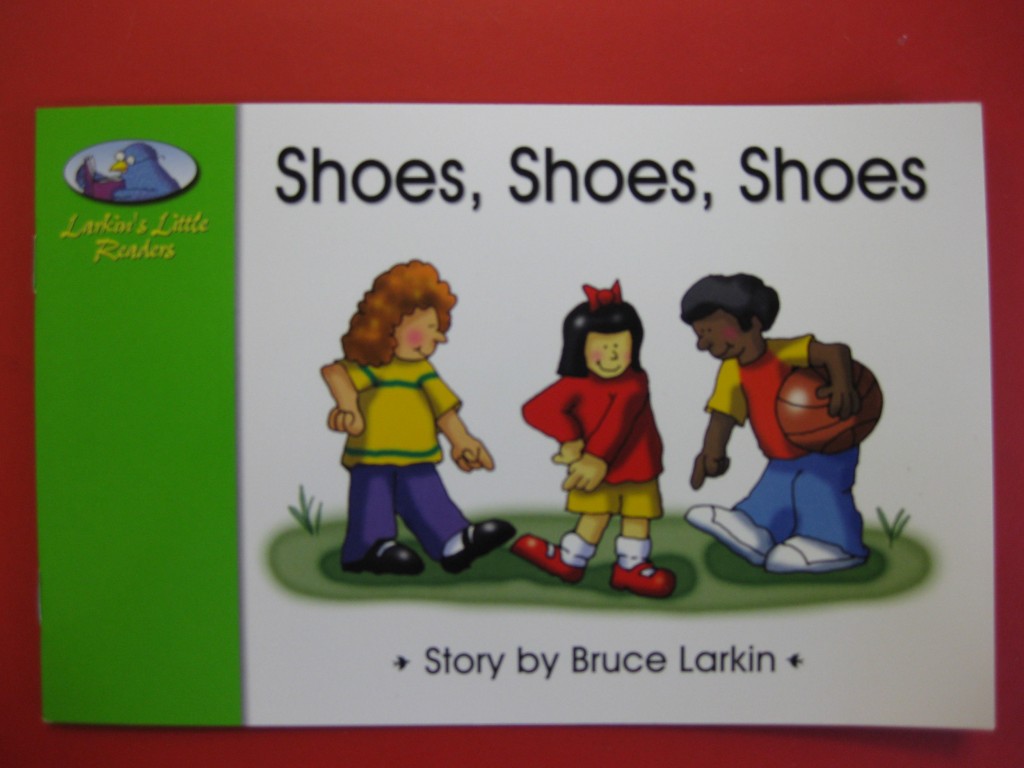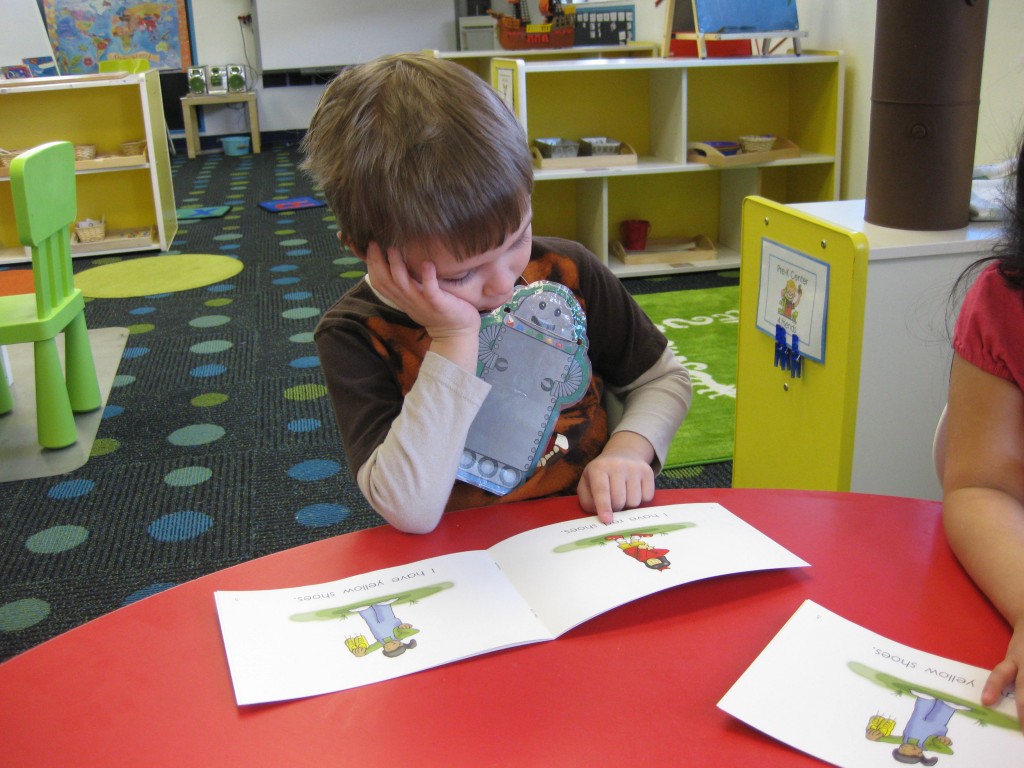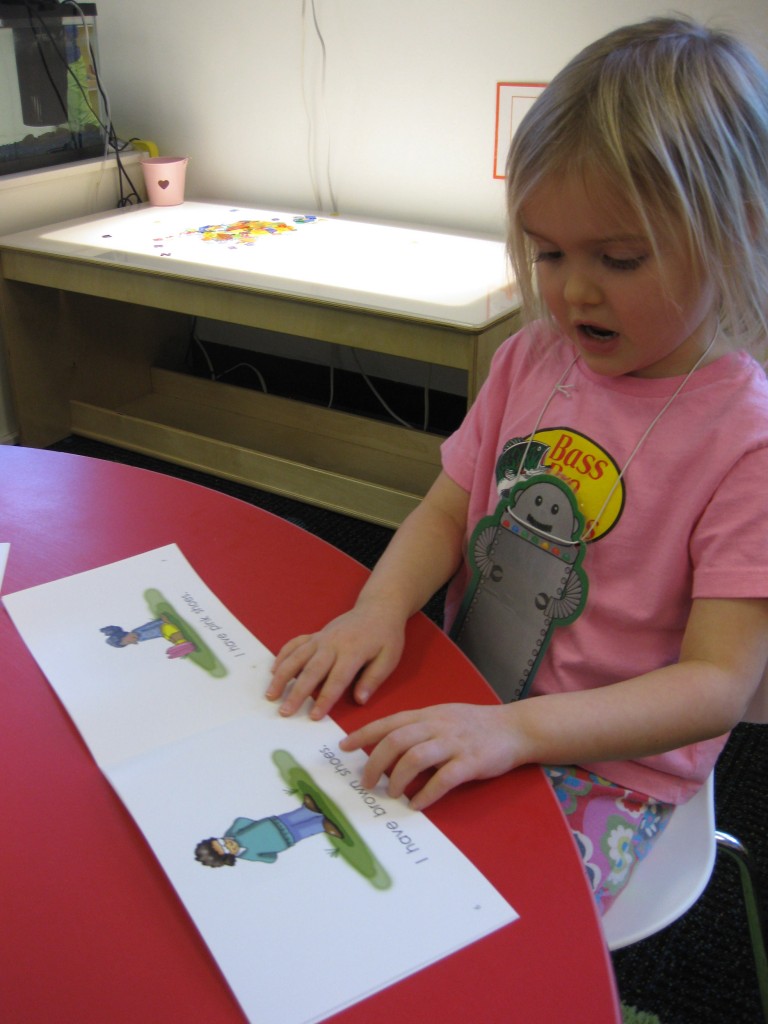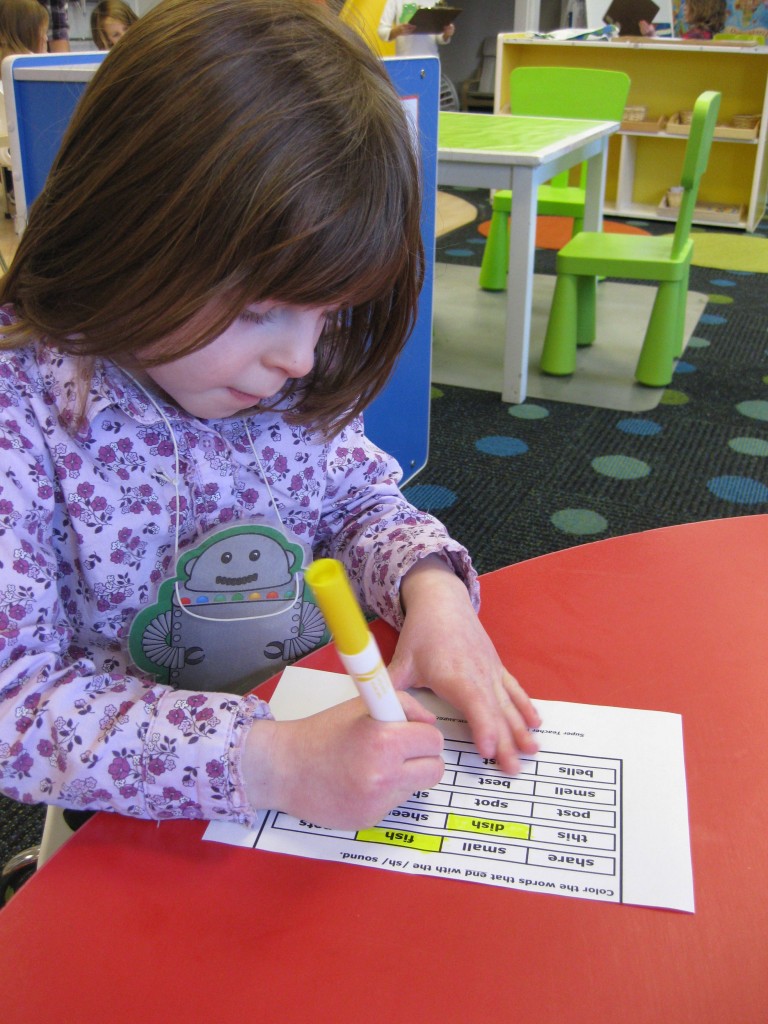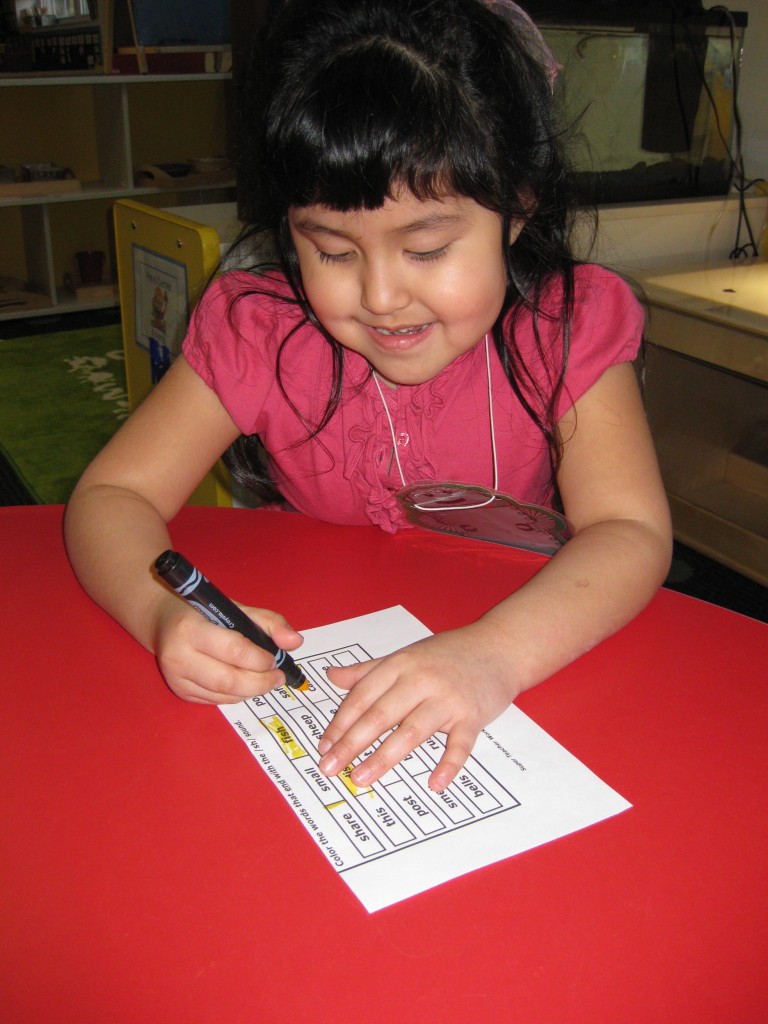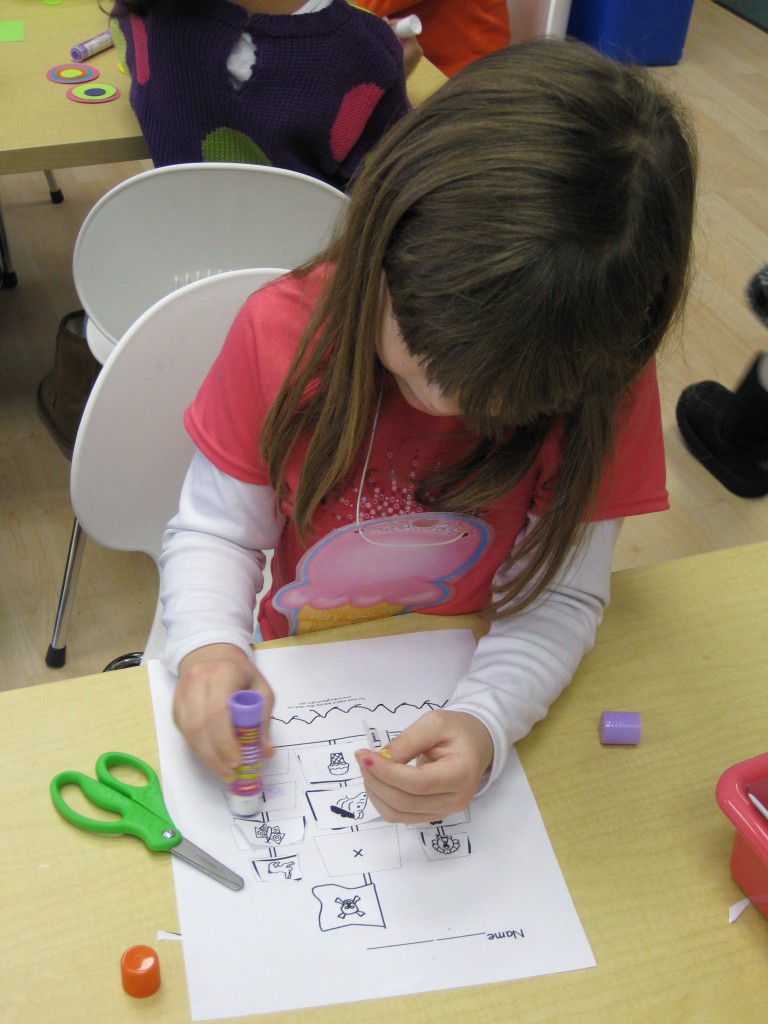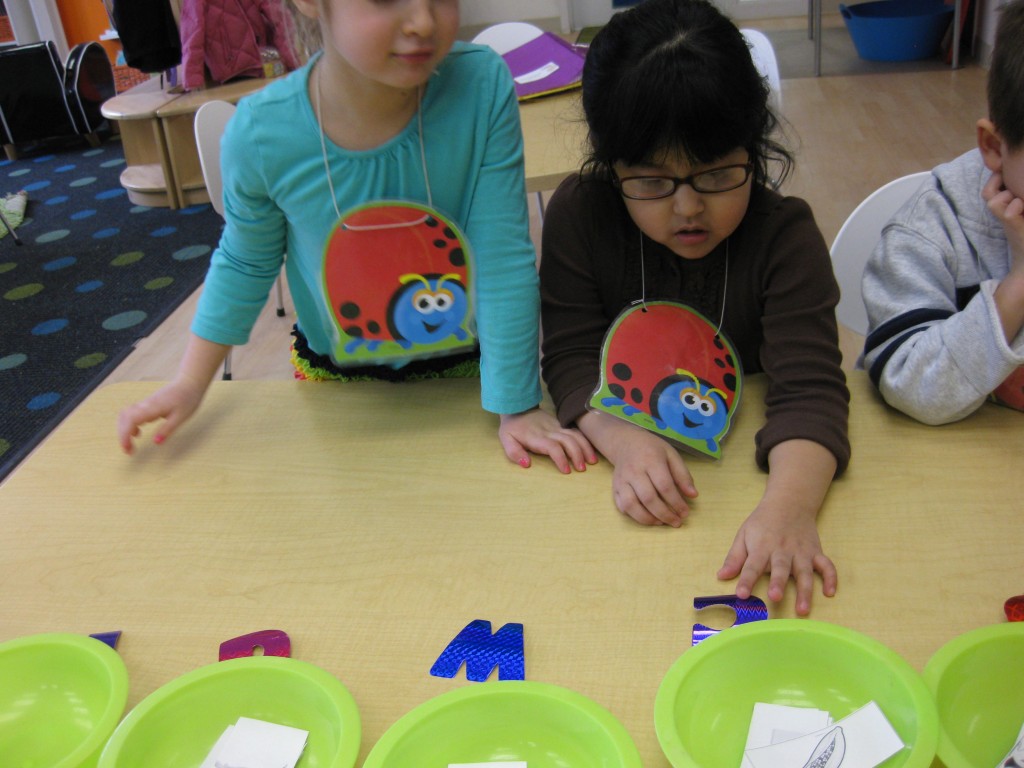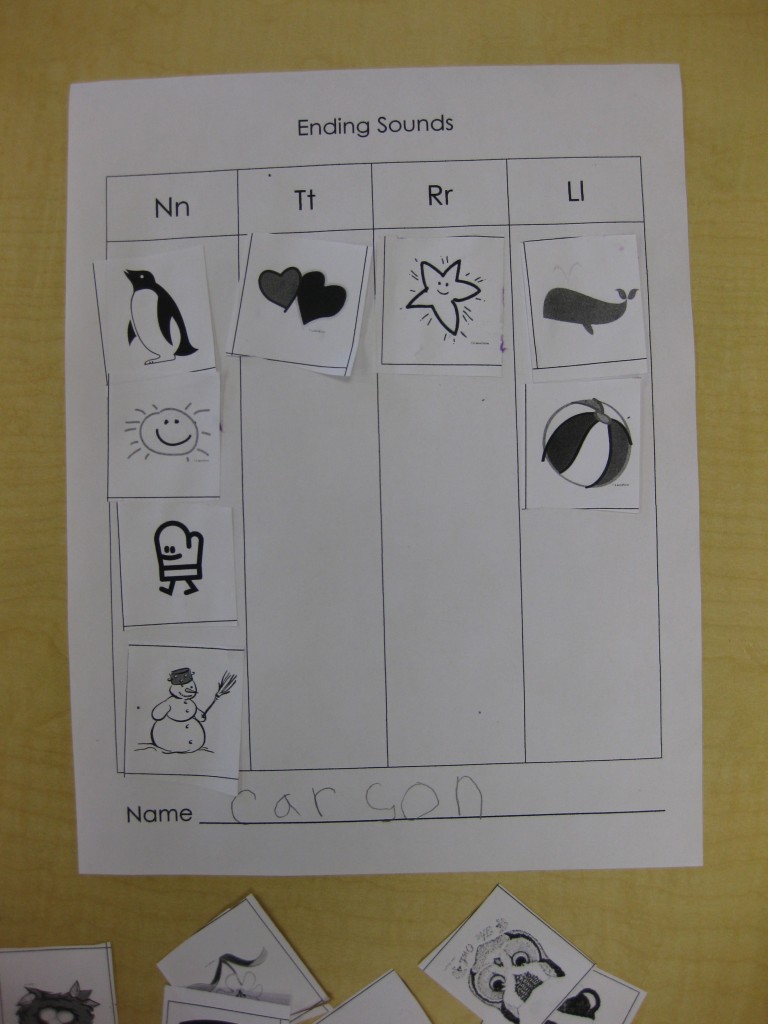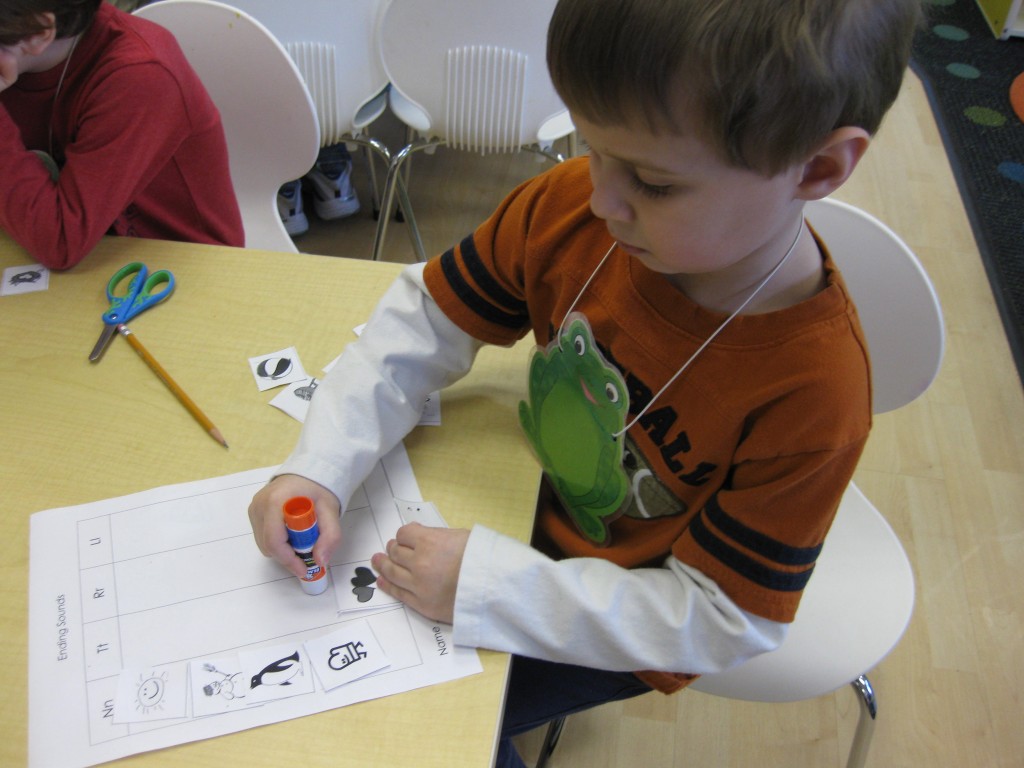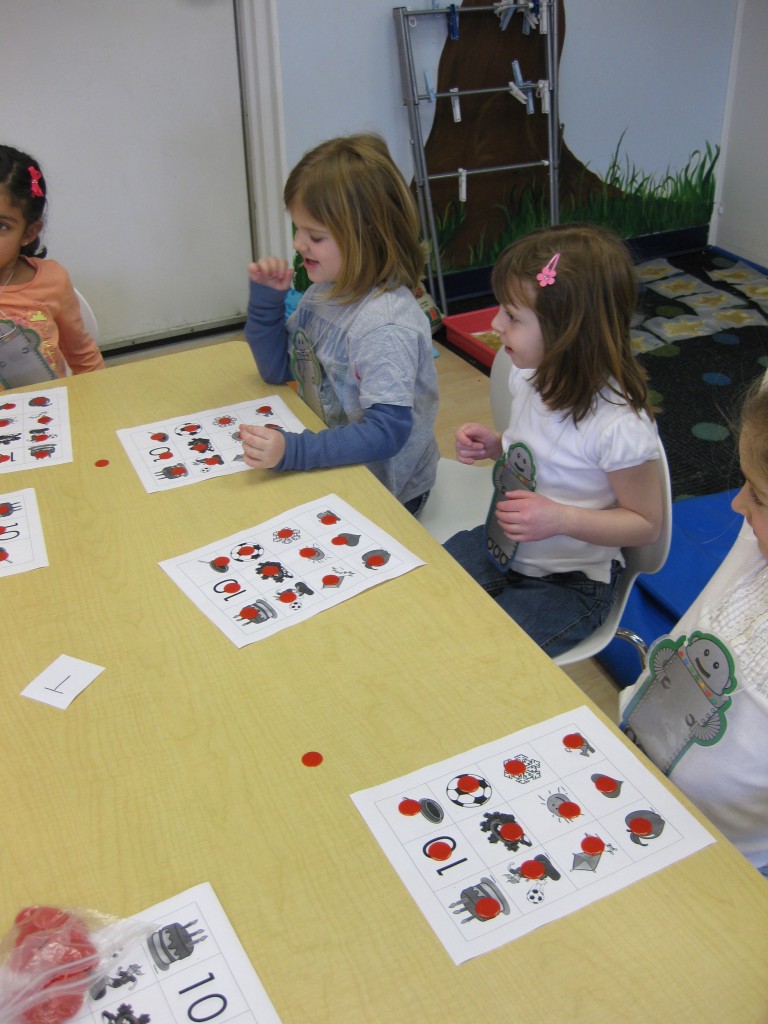We started our adventure in reading today! We discovered that all of the letter sounds that the children worked so hard to master during preschool, when put together, make words! After reading the book, The Alphabet Tree by Leo Lionni, we began to build simple words in the -at family…C-A-T, H-A-T, B-A-T, R-A-T, then we sounded each of them out. The children then worked independently on building their own -at family word and an illustration (good writers always illustrate their work with a picture that matches!) For a fun way to practice sounding out words…visit Starfall and use their “Word Machine.” This is a website that you will need to purchase a membership for a minimal fee. This site is worth every penny. You will be able to use it through first and second grade. A fun, interactive way to practice essential skills. LET’S HAVE FUN LEARNING!


Letters by themselves are just letters

But when they are grouped together...Presto! It's a word!

